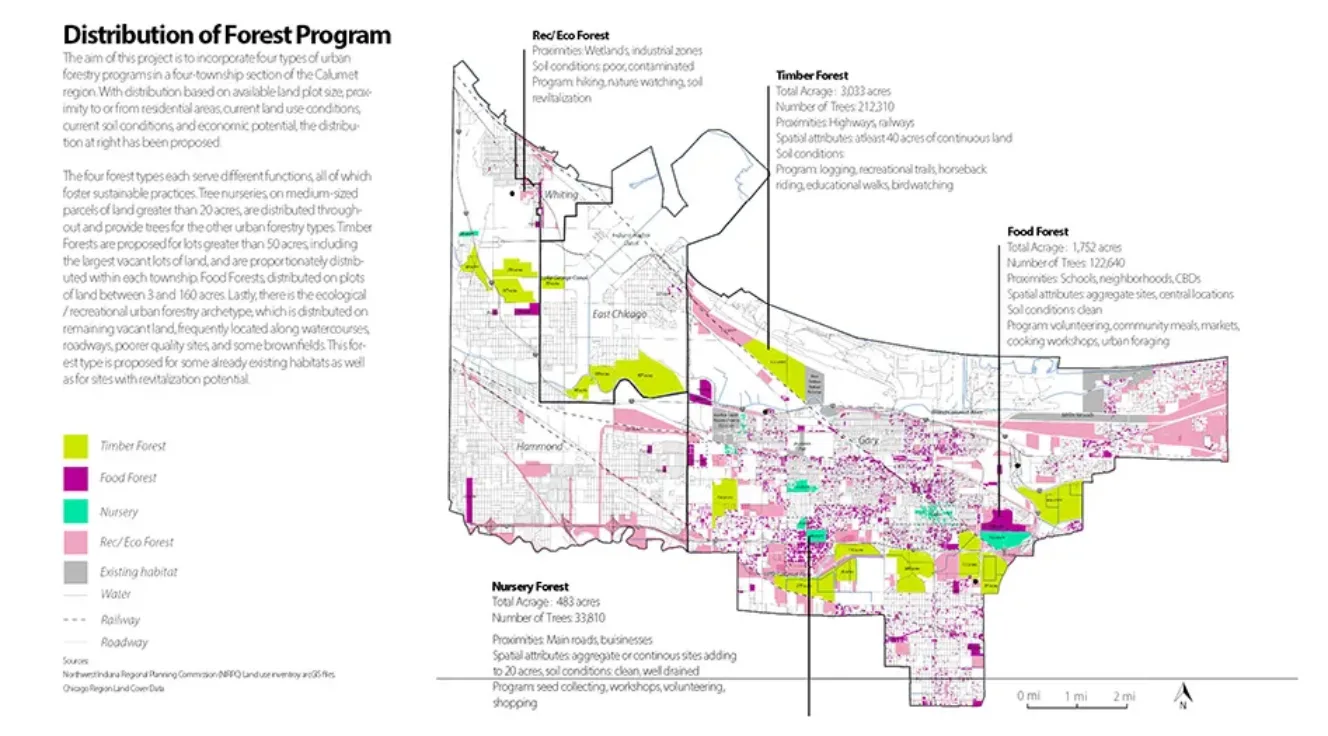About this course
The term region refers to a large geographical area that shares natural and/or cultural history such that its land, water, ecologies, and human settlements can be understood as interrelated, interdependent, and changing with and in response to each other. Design is an activity and process by which change in a system is sought, and design helps to transform a situation from its present condition to an improved future one.
In Regional Design, designers examine issues from multiple perspectives, discerning interrelatedness among factors in both the problem and the solution. Through this process, designers develop systemic thinking, learning how regional systems interrelate in a given problem. That understanding is then used to create a range of design solutions that are systemically responsive to the larger demographic region. The solutions accommodate different site types and scales and their urban-socio-ecological conditions, and, over time, the accumulation of design implementations at various scales transforms the entire region.
A Regional Design process is one of discovery, investigation, and coordination. The creative process is circular and sometimes messy, with many feedback loops where new knowledge and understanding is folded back into the creative process and ultimately into a set of design recommendations. Often the Regional Design process leads to the creation of a regional framework plan, which is a model recommendation for how to adapt the region over time. A framework plan typically includes site, community, and regional scale design plans within it (with varying levels of resolution), which are accompanied by design strategies, guidelines, material lists, and other recommendations. These plans and strategies are supported by plenty of research (using fieldwork, online sources, literature review, and data mapping), and they are informed by engagement with communities, municipal groups, regional agencies, and other organizations in the design process.
Regional Design can be distinguished from Regional Planning by offering physical, spatial, formal, and material design strategies to adapt the region, whereas planning might focus more on regional issues such as land-use infrastructure and policies for its management, development, and conservation. Regional Design is a complex and exciting process to link scales and issues through physical design, and it is part of what makes landscape architecture such an impactful field—linking the conceptual (design thinking) and the technical (design making), the small (site) to the extra-large (region), and the individual (whether its people, landscapes, or trees) to the collective communal scale (whether of a city, regional landscape, or forest).
5 credit hours
